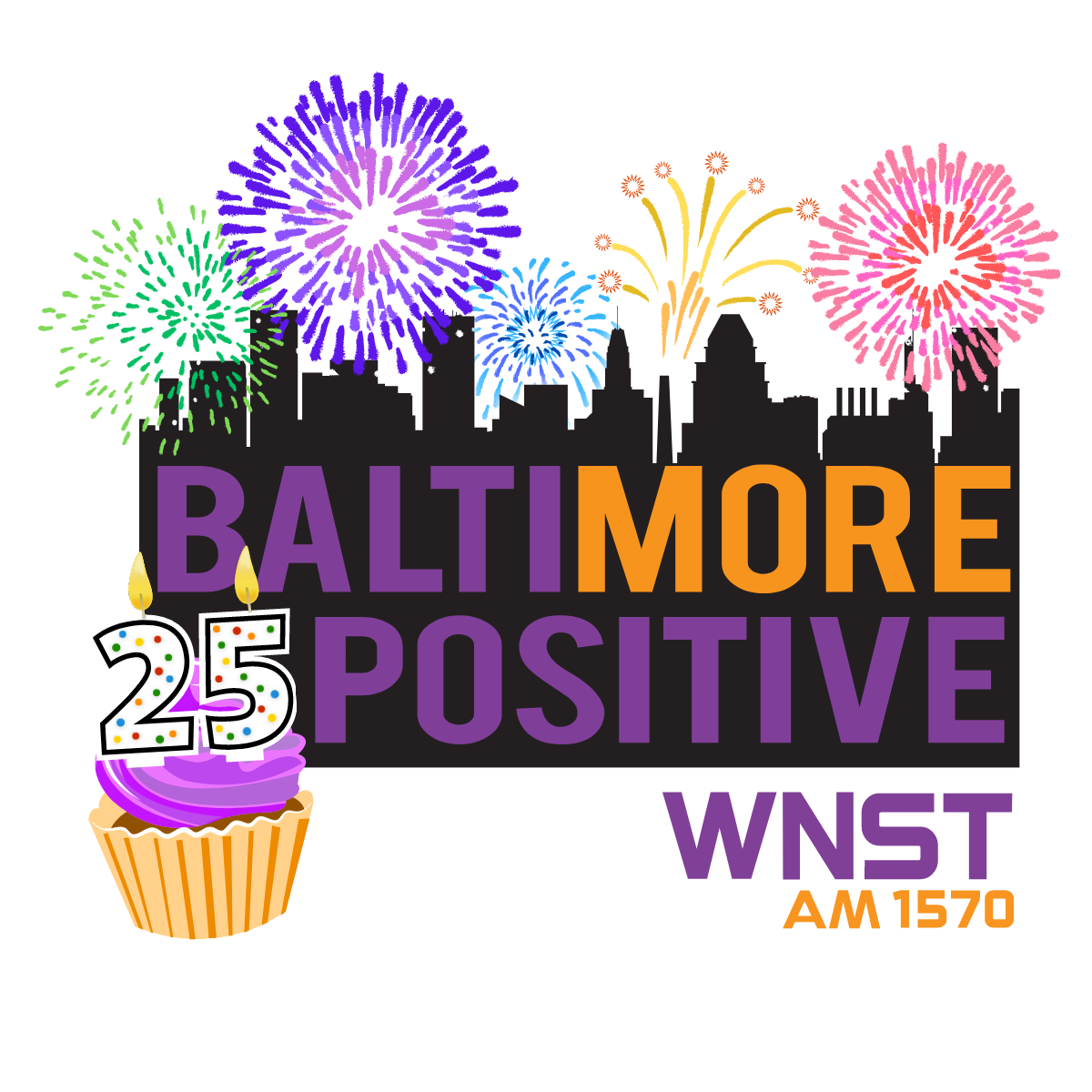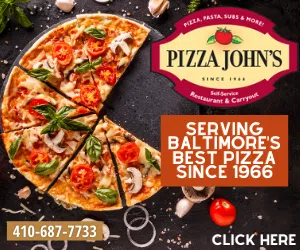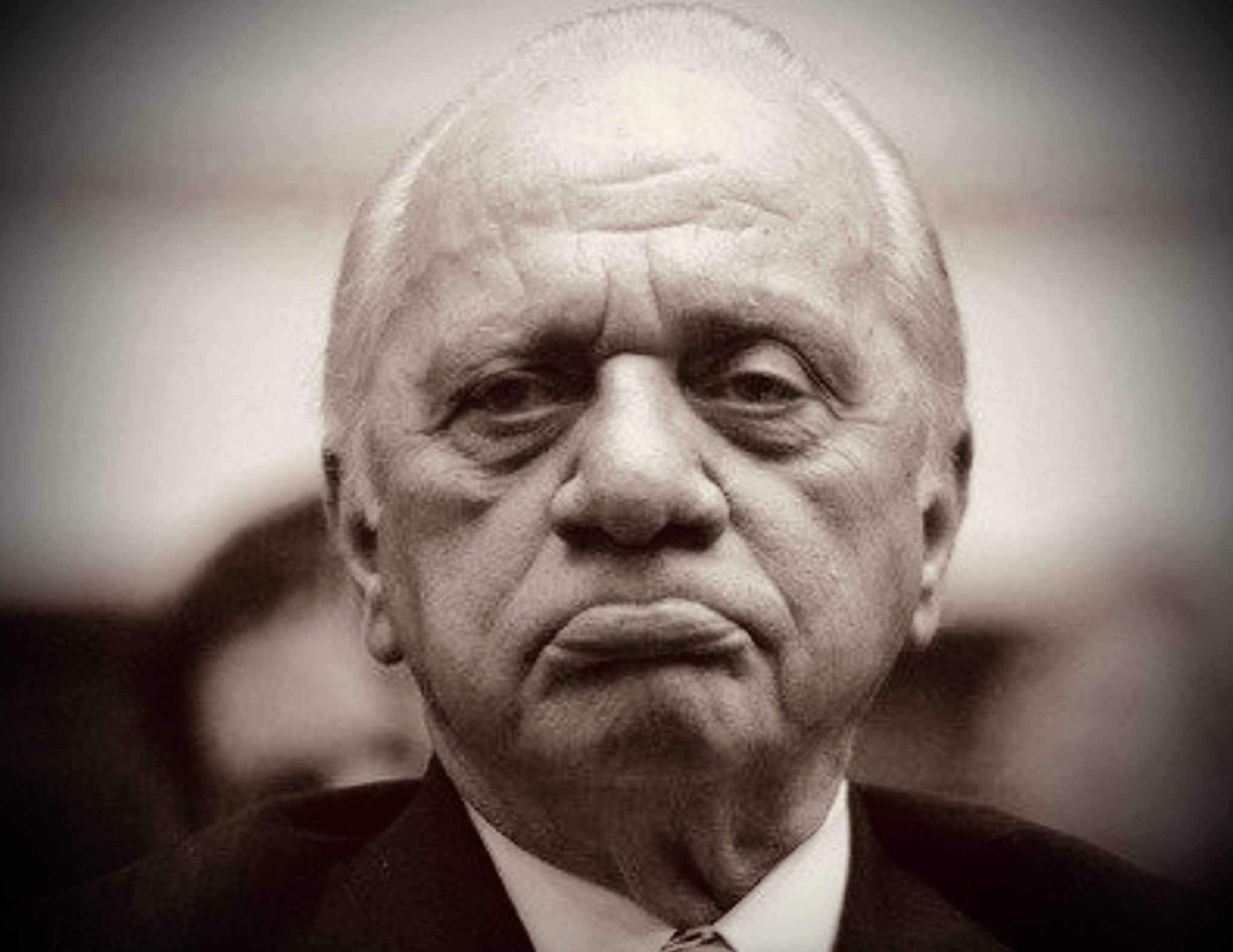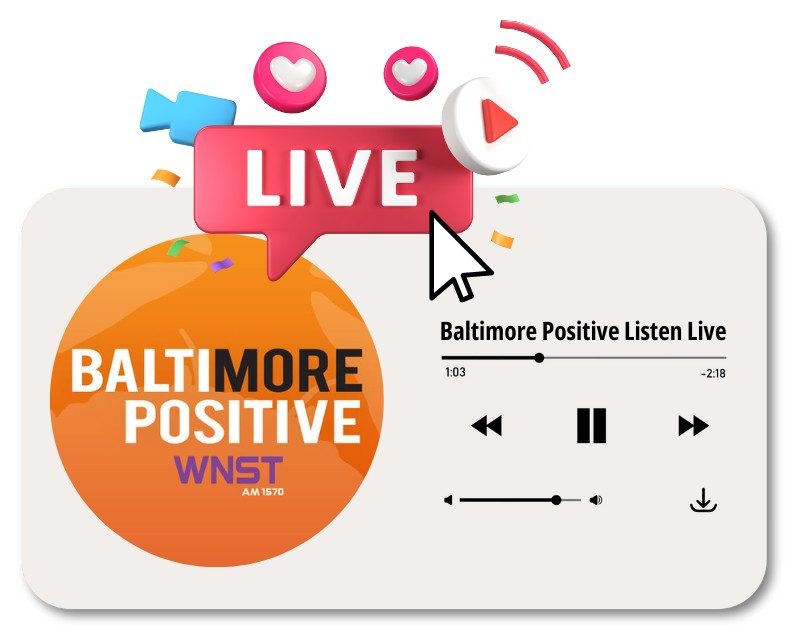Bill DeWitt was never really a factor or had any influence as an owner of the Baltimore Orioles. He sold his stock in early 1995 when he purchased the St. Louis Cardinals for $150 million. The Cardinals have won two World Series (2006 and 2011), four National League pennants, and eight division titles, and have made 11 total playoff appearances since 1996.
DeWitt’s primary partner in trying to buy the Orioles, Bob Castellini, eventually bought his hometown team, the Cincinnati Reds, in January 2006.
All three men have never looked back and have never publicly discussed the split with Angelos other than to call it “a misunderstanding.”
***
IN THE BEGINNING, PETER G. Angelos loved the microphone, loved being the Orioles owner and the center of attention for the affections of the Baltimore everyman. His many quotes that began the era of his ownership show a man who desperately wanted to be a hero – loved and respected by all.
And a hero he was. At least for a little while, he was.
If there were ever a year of moving and shaking and becoming “the mayor” of Baltimore for Peter G. Angelos, 1994 would be that year. The year produced the fruit from his hard-fought life in the trenches of legal battle. Angelos had everything he’d ever dreamed of – wealth, a new toy, a fresh fight, an influential voice, and plenty of “attaboys” from everyone he ever wanted to impress. In the beginning of his reign as Baltimore Orioles owner – or “managing partner” as he liked to say – Angelos got more than his 15 minutes as a “hero.” He was considered a modern day Robin Hood, a local fighter for social justice, provincial issues, a generous, community leader and a civic-minded baseball owner who made it known that he would put the fans first.
After the 1993 season ended and he took full control, Angelos wasted no time in getting involved in virtually every aspect of owning the Orioles but was never seen much by what was left of the rank and file employees he inherited from Lucchino’s administration at what had become known simply as The Warehouse, the giant red brick façade that stretches what feels like the length of Baltimore as you enter the city from the Interstate 95 artery on I-395. The Warehouse housed the front office of the team where all team business was conducted. (Until he moved an office into The Warehouse in late 2013, Angelos had an office in the structure for just six months during the 1994 season.)
In Angelos’ mind, the first order of business was done: the team was held and controlled by a local owner. Banker Joe Foss was put in control of the business of the Orioles and many executives cleaned out their desks at The Warehouse during the holidays realizing the new owners wanted all of their own people inside the franchise.
Angelos’ next goal was clear: get better players so the Orioles could finally vanquish the rival Toronto Blue Jays, who had experienced a magical surge of success with a new downtown stadium and mall called Skydome, built in 1989. The Jays had been very competitive since 1985 when the team found some magic in homegrown players and signed some quality free agents that a packed new dome could fund in an effort to win. Led by the vision and guile of general manager Pat Gillick, the Blue Jays always seemed to have the Orioles’ number.
Strangely, at this point in baseball history, the vaunted New York Yankees and Boston Red Sox were also-rans virtually every year with a smaller playoff pool of just two American League teams. Both Boston and New York were renowned as teams that foolishly allocated their money and had poor minor league systems but large fan bases.
But make no mistake – it was the Blue Jays who were Public Enemy No. 1 in Baltimore. The Orioles were beaten at the finish line in the miraculous 1989 “Why Not?” season at Skydome, and the Toronto had won just won back-to-back World Series titles in 1992 and 1993.
Angelos wanted to make sure 1994 was a year that the Baltimore Orioles were playing into October.
Local fans were tired of the team’s thrifty ways under Jacobs, which despite the extra wave of support that came with the opening of Camden Yards in 1992, never produced big free agent signings. The team had a nice compliment of young players in Mike Mussina, Ben McDonald and Brady Anderson while having a Hall of Famer and veteran leader in Cal Ripken plus the remnants of what his father knew and Earl Weaver taught as “The Oriole Way,” which indicated good fundamental baseball skills and sound decision-making and strategy.
The Orioles spent liberally right away under Angelos, who wanted to win and continue to build his case as local civic hero. First baseman Rafael Palmeiro signed a 5-year, $30 million deal in December. Veteran closer Lee Smith, starting lefthander Sid Fernandez, and third baseman Chris Sabo were all inked to deals. They also inked their upstart matinee idol outfield star Brady Anderson to a 3-year, $10.25-million deal, retained designated hitter Harold Baines for $1.8 million and signed three other marginal free agents – relief pitcher Mark Eichhorn, utility infielder Rene Gonzales and outfielder Henry Cotto.
The team had been just a ½ game out of first place in late August 1993 and all the pundits knew the Orioles just needed a little more talent. Angelos made sure that happened in his first six months, which was music to the ears of any Orioles fan who had watched free agency ravage the once thought to be “small market” franchise.
After years of buying players on the cheap since the triple debacle free agent splash of Fred Lynn, Lee Lacy and Don Aase in 1986, the Orioles were never big spenders in the marketplace. Teams in New York, Los Angelos and Chicago always had more money, even in the days before stadia, sponsorships and ancillary revenue skyrocketed in the industry. Just on revenue from tickets alone, the big markets were the most likely spenders on the best players in the marketplace. The ceiling always seemed to be set by George Steinbrenner and the Yankees and every year from 1976 on it seemed to propel forward with numbers too big for Baltimore to match.
Now, armed with big profits and a big budget fueled by 3.8 million people coming to Camden Yards, the Orioles were the big bully on the block buying players and fortifying an already pretty solid group.
In Baltimore circa 1994, the emerging core of the team was Ripken, Mike Mussina, Ben McDonald and the annual “prospect of the year,” in this case it was Jeffrey Hammonds, who was a first-round draft choice projected as the next coming of Willie Mays.
There were several alarming points regarding Angelos’ move to spend like a large market team now that the Orioles were drawing were filling Camden Yards for virtually all 81 home game. While it was his ego, drive and wallet trying to win over the fans of the team as the new face and leader, he seemed unconcerned about the state of Major League Baseball heading into a labor negotiation. His partners, who had been through the various wars, were furious with his spending spree because the rest of the owners were crying poverty heading into a fierce labor negotiation. While Selig and the rest of the Lords were trying to force a salary cap down the throats of the MLBPA, Angelos drove the Orioles payroll from $28 million to more than $40 million in less than eight weeks.
And if spending like a drunken sailor wasn’t offensive enough to his partners, Angelos grandstanded in the media. “We’ll do what we need to do,” Angelos told The Sun. “I mean, we’d like to stay within certain parameters at this point, but we’re not going to be restricted by arbitrary limitations. If we can take an extra step to make the Orioles as competitive as possible, we’re not going to back off and say, ‘We have a budget and we have to stick to it.’ That’s what was happening to the club before, but it’s not our intent to shrink from those opportunities.”
In late 1993, the Orioles were in the race but instead of picking up Rickey Henderson or Fred McGriff, the Eli Jacobs bankruptcy budget bought a broken down, 37-year old Lonnie Smith, who hit .208 in September as the team wilted and the Blue Jays once again danced into October.
“That’s what I’m talking about,” Angelos said at the time. “You had a club in the race [in 1993], but management didn’t respond. The fans deserved more.”
So, Angelos told his inherited general manager, Roland Hemond, to spend and get the best ballplayers in the marketplace. And he did. “He said he wanted to bring a championship to Baltimore, and he’s backed it up,” Hemond said in the spring of 1994. “I mean, it was the ideal time to make moves because we were relatively close. We were adding to a foundation and not rebuilding.”
As the team hit the field in 1994 as a loaded entity with fresh faces to go along with the stalwarts from the Ripken crew, the franchise was earning unparalleled support from every angle. The NFL had just turned Baltimore down for an expansion franchise in November 1993 in favor of Charlotte and Jacksonville, and Angelos owned what appeared to be the only game in town for the foreseeable future.


























